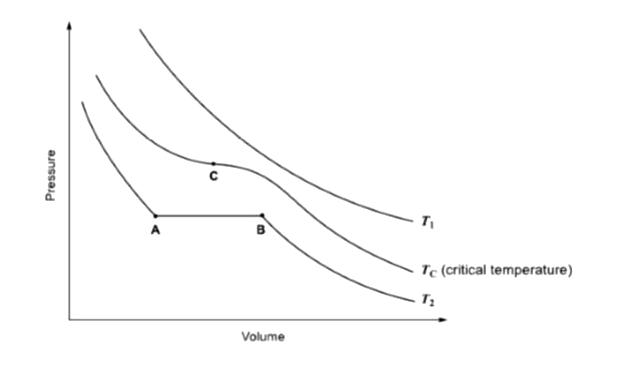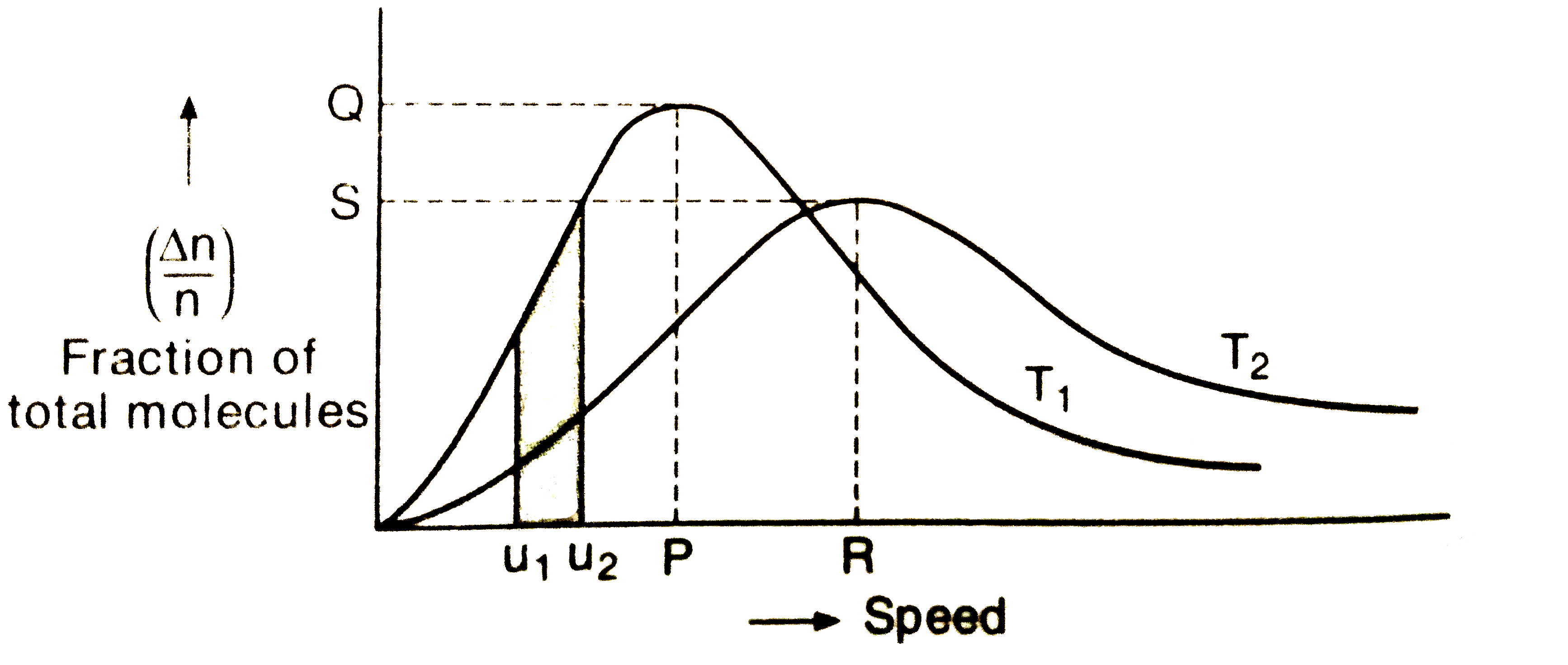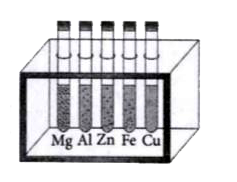Consider the following statement about Langmuir isotherm :
(i) The free gas and adsorbed gas are in dynamic equilibrium
(ii) All adsorption sites are equivalent
(iii) The initially adsorbed layer can act as a substrate for further adsorption.
(iv) The ability of a molecule to get adsorbed at a given site is independent of the occuption of neighbouring sites
The correct statement are
(i),(ii),(iii) and (iv)
only (i),(ii) and (iv)
only (i),(iii) and (iv)
only (i),(ii) and (iii)
The correct Answer is:C
Factually incorrect.
The initially adsorbed layer cannot act as a sunstarte for further adsorption.
Topper's Solved these Questions
- KVPYBook:KVPY PREVIOUS YEARChapter:KVPYExercise:Matematics
Explore 1 Video
- KVPYBook:KVPY PREVIOUS YEARChapter:KVPYExercise:Part 1 Chemistry
Explore 45 Videos
- KVPYBook:KVPY PREVIOUS YEARChapter:KVPYExercise:Part 2 Chemistry
Explore 15 Videos
- KVPY 2021Book:KVPY PREVIOUS YEARChapter:KVPY 2021Exercise:PART II CHEMISTRY
Explore 10 Videos
Similar Questions
The isotherms of a gas are shown below :

Among the following
(i) At T1 , the gas cannot be liquified
(ii) At point B, liquid starts to appear at T2
(iii) TC is the highest temperature at which the gas can be liquified
(iv) At point A , a small increase in pressure condense the whole system to a liquid.
teh correct statements are :
View SolutionWhich of the following statements are correct?
I. Sillica gal adsords water the molecules. , II. Anhy. CaCI2 adsorbs the water molecules. , III. Adsorption is a surface phenomenon.
View Solution
Knowledge Check
Consider the following statements :
(i) Zirconium - alizarins due is used for testing fluoride ions is water
(ii) Ozone layer is present in mesosphere
(iii) the poisonous gas present in the exhaust fumes of automobiles is Co
(iv) Taj Mahal is affected by CO2 gas
The correct statement areA(i) and (iii)B(i),(ii) ,(iii)C(i),(iii) and (iv)Dall of theseConsider the following statements w.r.t transcription and select the right choice
(i) The promoted is said to located towards the 5' - end of the coding strand.
(ii ) The promoted is an RAN sequence that provides a binding site for RNA polymerase.
(iii) The terminator is located towards the 3' end of the coding strand.
(iv) The strand that has polarity 3'→5' acts as a template strand .AI & iii are incorrectBI & iii are correctCOnly ii is incorrectDOnly ii is correctAmongst the following statements regarding adsorption, those that are valid are :
(a) ΔH becomes less negative as adsorption proceeds.
(b) On a given adsorbent, ammonia is adsorbed more than nitrogen gas.
(c) On adsorption, the residual force acting along the surface of the adsorbent increases.
(d) With increase in temperature, the equilibrium concentration of adsorbate increases.A(b) and (c)B(c) and (d)C(a) and (b)D(d) and (a)
Which among the following statements are correct with respect to adsorption of gases on a solid?
(i) The extent of adsorption is equal to kph according to Freundlich isotherm
(ii) The extent of adsorption is equal to kp in according to Freundlich isotherm
(iii) At high pressure, extent of adsorption becomes independent of pressure.
(iv) Freundlich adsorption isotherm fails at low pressure
View SolutionConsider the following statements :
(i) Atomic hydrogen is obtained by passing hydrogen through an electric are
(ii) Hydrogen gas will not reduce heated aluminium oxide
(iii) Finely divided palladium adsorbs large volume of hydrogen gas
(iv) Nascent hydrogen is best obtined by reacting Na and C2H5OH
Which of the above statements are correct ?
View SolutionThe gas molecules randomly move in all directions and collide with each other and with the wall of the container. If is difficult to determine the speed of an individual molecule but it had become passible to work out the distribution of molecules among different molecular speeds. This is known as Maxwell Boltzmann distribution
consider the following graph about Maxwell's distribution of speed at two different temperature T1 and T2

The curve has which of the following characteristics ?
(i) It has symmetrical distribution of molecules against molecular velocity
(ii) The area under the curve gives the total number of molecules.
(iii) The maxima of teh curve shifts towards right as the temperature is raised.
(iv) The area under the curve is independent of temperature
Select the correct statements from the codes given below:
View SolutionClean small pieces of magnesium, zinc, aluminium, iron and copper by rubbing them with a piece of sand paper. Take them in separate test tubes. Add about 10 mL of dilute hydrochloric acid to each of them.

Consider the following statements.
(i) The rate of evolution of hydrogen gas bubbles is not same in all the test tubes.
(ii) The rate of formation of bubbles is the fastest in the case of magnesium.
(iii) The reactivity decreases in the order:
Mg>Zn>Al>Fe>Cu.
(iv) In the case of copper, no bubbles are seen and the temperature also remains unchanged. This shows that copper does not react with dilute HCl.
Identify the correct option.
View SolutionWhich of the following statements are correct with respect to adsorption of gases on a solid ?
(i) The ectent of adsorption is equal to KPn according to Freundlich isotherm.
(ii) The extent of adsorption is equal to KP1/n according to Frendlich isotherm.
(iii) The extent of adsorption is equal to (1+bP)/aP according to Langmuir isotherm.
(iv) The extent of adsorption is equal to aP/(1+bP) according to Langmuir isotherm.
(v) Freundlich adsorption isotherm fails at low temperature.
View Solution